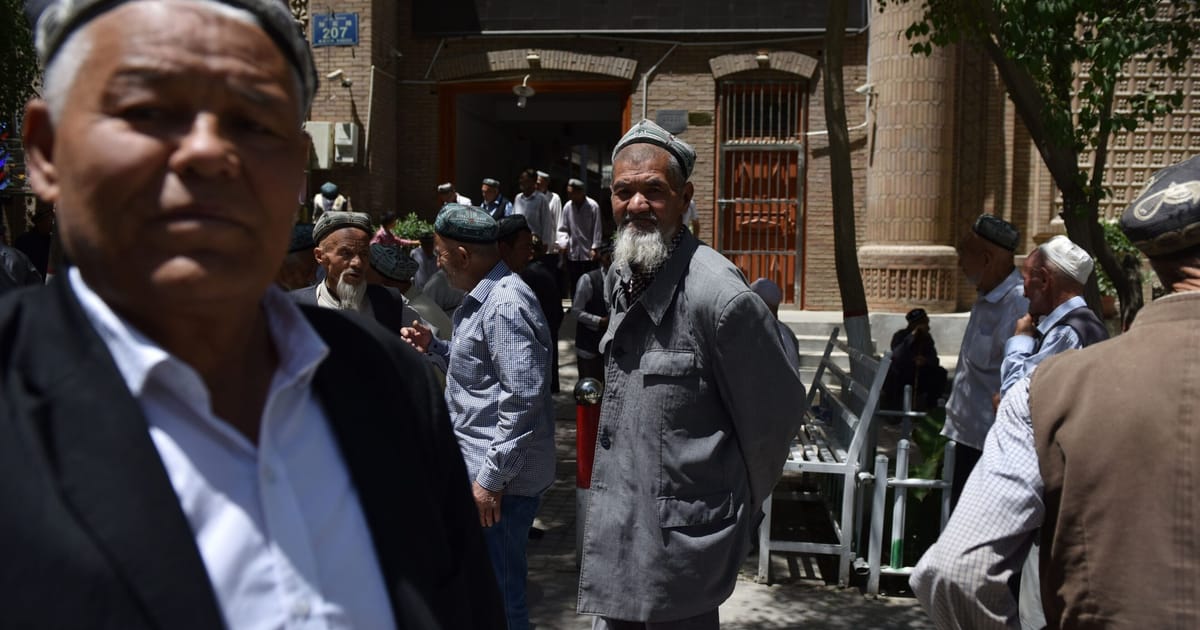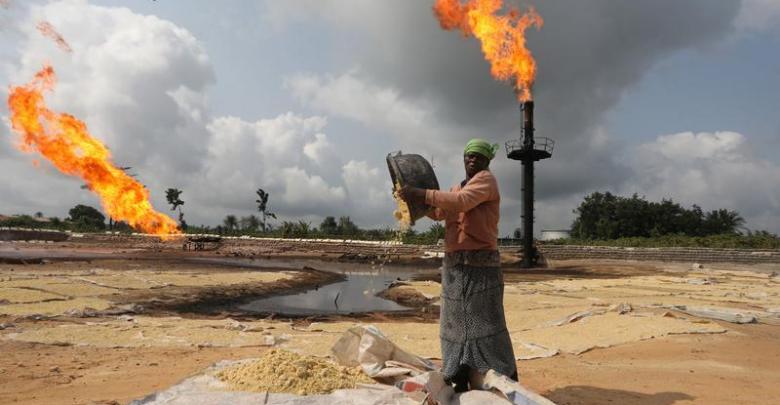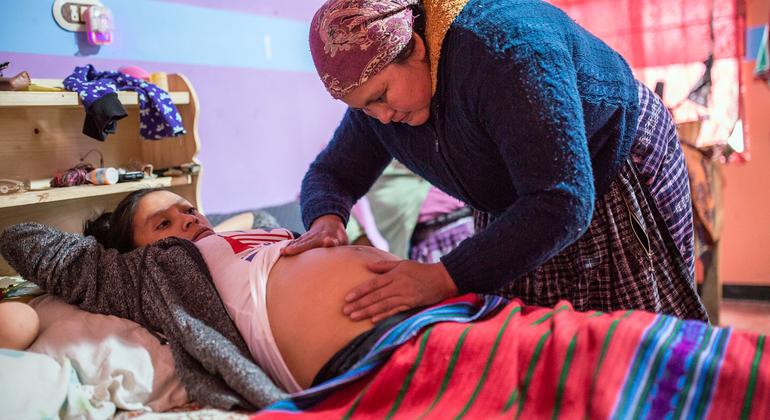Press play to listen to this article
Voiced by artificial intelligence.
The EU’s trade gurus, confronted with concerns over whether Chinese cotton or solar panels are being produced with Uyghur Muslim forced labor, have long turned to the International Labour Organization (ILO) guidelines for reference, adopting its rules while urging Beijing to ratify and observe them.
Except they might not be that effective in this case.
In a new research paper previewed by POLITICO, Adrian Zenz, a leading scholar on Beijing’s repressive policies, casts doubt on the applicability of these rules by the ILO, a U.N. agency, arguing they were mainly drawn up to tackle commercially — not politically — driven exploitation.
In other words, Beijing is not looking for cheap labor when its local officials in Xinjiang arrange for Uyghurs to go to work. Instead, it is a top-down political campaign to make these Uyghurs, collectively presumed by the state to be potential secessionists and terrorists, submit to Communist Party rule.
That, according to Zenz, a scholar at the U.S.-based Victims of Communism Memorial Foundation, makes the ILO definition insufficient in tackling the issue. His research shows that the use of ILO indicators “largely fails” in evaluating the coercive elements in China’s system against the Uyghurs.
“Conventional means such as the ILO’s forced labor indicator framework,” Zenz says in a journal article previewed by POLITICO, “was not designed to evaluate state-sponsored forced labor.”
Referring to the ILO’s 11 indicators for measuring forced labor, he writes: “These indicators were designed to measure forced labor in individual companies or economic sectors. They are largely unsuited to evaluating the key mechanism that underpin state-sponsored forced labor, especially in Xinjiang, where state goals for coercive mobilization are primarily political.”
“State-sponsored forced labor is not readily detected by examining individual workers, especially in highly repressive environments such as Xinjiang where they cannot speak freely,” adds Zenz, whose critical research led him to being sanctioned by China in 2021.
According to the European Commission’s proposal, the definition of “forced labor applied by state authorities” should be “aligned” with ILO Convention No. 105, which specifically prohibits the use of forced labor as punishment for the expression of political views; for economic development; as a means of labor discipline or punishment for participation in strikes; or for racial, religious or other discrimination.
China ratified ILO conventions on forced labor in August last year, and the provisions will enter into force this August. The ratification was widely seen as China’s strategy to woo Europe for deeper trade links while preparing for economic and technological warfare with the U.S.
Tracing the untraceable
Two particular features of China’s labor programs make it difficult for foreign companies to effectively apply ILO guidelines to scrutinize forced labor.
First, eyewitness accounts are nearly impossible to gauge. Most of these workers are kept in guarded environments, even if they have not been criminally charged. In other cases, two eyewitnesses told POLITICO, the forced laborers involved were children, who were told it’s part of their curriculum to go to the fields to pick cotton.
Mamutjan Erkin, who said he worked as a high school teacher in the area of Artush back in 2005, recalled how he used to organize children to work on farms.
“From 5:30 a.m., the kids would need to be in front of the school and the bus would take them to where they needed to be,” Erkin told POLITICO in an interview, adding that the work would finish at 6:30 p.m. “This will continue for 15 days. If they were the kids of political prisoners, then cotton picking would go up to either a month or a month and a half.”
“If the kids did not show up, the whole family would be made to pick cotton the next day,” he said, noting that at that time he had no understanding of what forced labor meant. (Erkin wasn’t cited in Zenz’s research but the interview was arranged by the scholar.)
Second, Xinjiang labor programs are no longer confined to factories or farms within the region.
The West has been focusing on production in Xinjiang, as they mull whether to impose a ban on these exports in order to avoid forced labor.
For the past few years, however, even factories outside of Xinjiang, sometimes thousands of miles away, have been employing Uyghurs who, human rights groups say, are forcibly removed from their homeland, according to the BBC and the Globe and Mail.
The Chinese government insisted that these schemes grew out of economic necessity, as “poverty ran wide and deep in southern Xinjiang.” It stated that more than 150,000 Xinjiang people had been transferred out of their original domicile since 2018, though a majority of them stayed within Xinjiang.
The EU’s current proposal also places an emphasis on companies to conduct due diligence over their supply chains. Beijing isn’t making that easy.
The Chinese government is currently tightening rules for consulting work or due diligence to be carried out — primarily by foreign firms. The national legislature expanded the scope of the anti-espionage law, which covers all “documents, data, materials and items related to national security,” said the official Xinhua news agency. The move has caused widespread concerns among foreign businesses in China.




